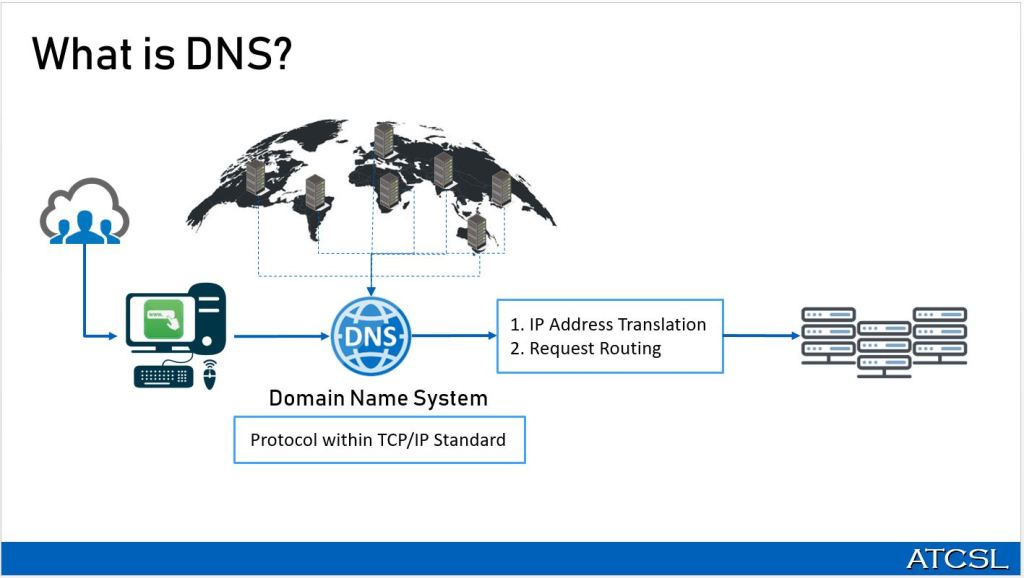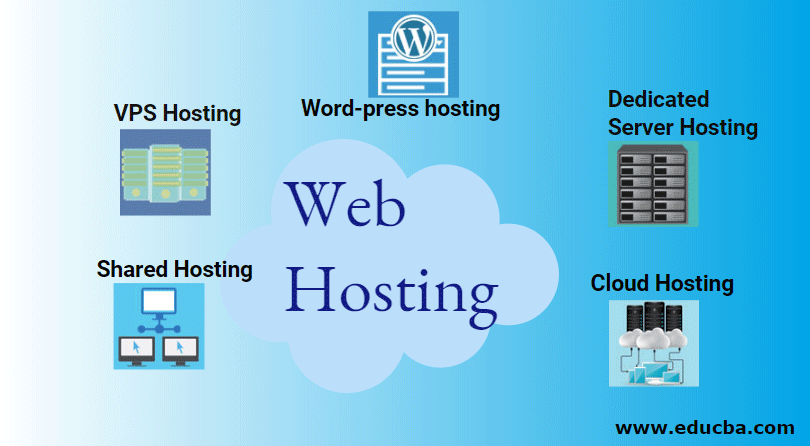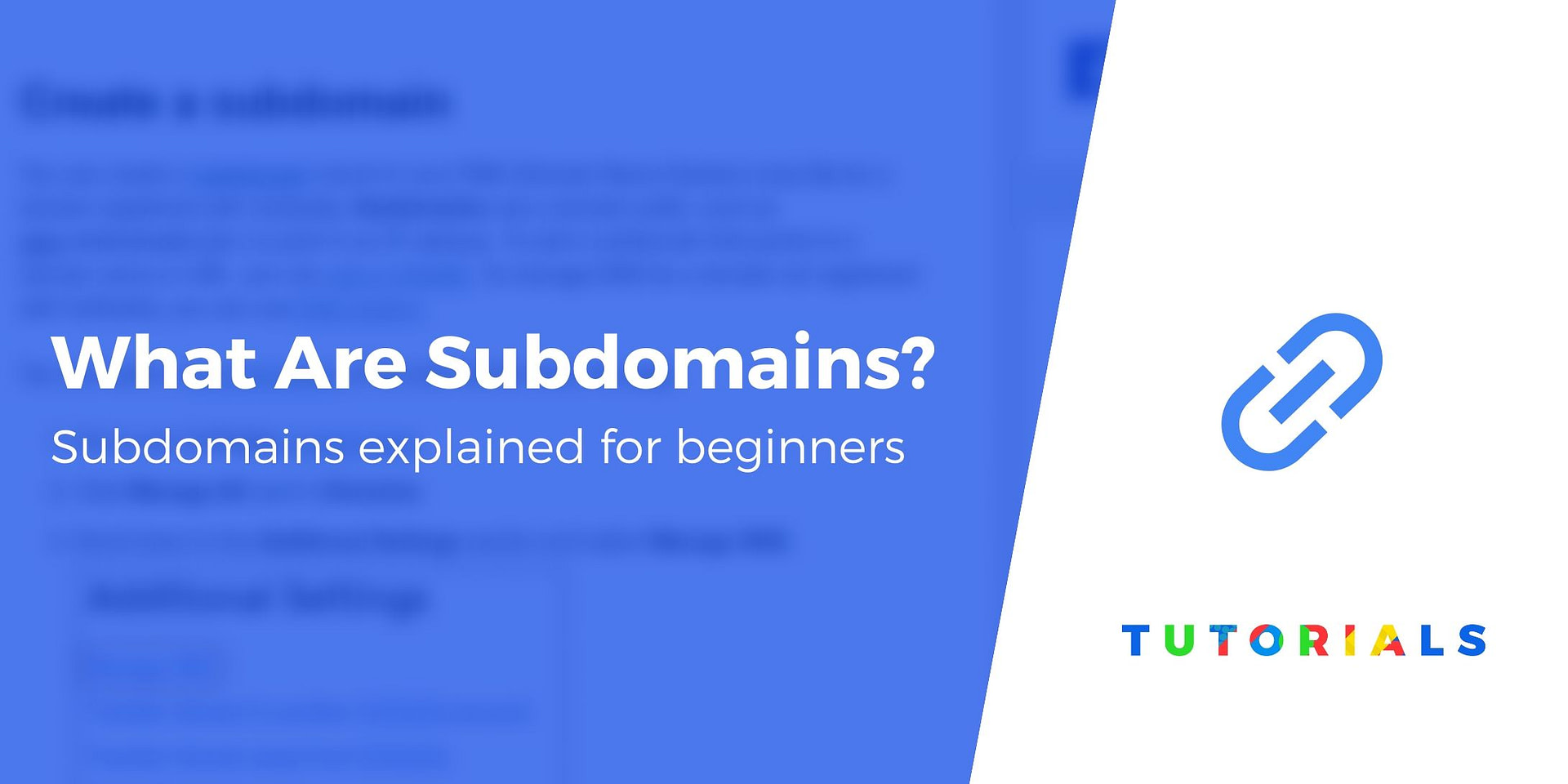
There are two types of operations that can be done with a web application: client-side or server-side. Client-side functions run on a client's computer, while server side operations run on a server. The way that the server handles inputs or outputs is what differentiates them. The server-side of web applications can process large quantities of data and maintain high levels of security.
Client-side
Client-side rendered dynamic content is the most reliable method. It allows you pre-populate web page with custom data and reduces the server load. The page load time is slowed down by the addition of milliseconds, or even seconds. Server-side rendering, on the other hand, relies on the server for generating a page.
The server was the hub of almost all business logic in the past. This was used to render dynamic webpages, interact with databases and push notifications, as well as identity authentication. But this introduced a high level of latency to the application. Today, applications run more code on the client side to reduce latency.

Frontend
Frontend server development is about user interactions. The device that interacts the website with, such as a browser and a mobile telephone, is called the client. Everything displayed on the "client side" and any process that are carried out on the client's behalf is included in this term. This is a completely different world from traditional web development.
Frontend developers are the developers who code the look and feel of a web application. These developers translate backend knowledge into a more accessible format. They use a markup language such as HTML and CSS to develop the look and feel of a site.
Streaming
Streaming server side benefits developers as well as users of an app. It moves the processing burden from the client device to the cloud, making the application faster. This improves the customer experience. You can also make changes to the application without needing to update your client. This is good for both users and developers, since many users don't like the idea of having to update their app.
Client-side streaming comes with the disadvantage that users may install ad blockers to impede users from accessing important data such coupons and special offers. This means that client-side streaming is a costly solution for websites that need to deliver such data. This is why streaming server side is the best choice for such websites.

Storage
Server-side Storage Architectures are a popular category for data storage. They offer storage media directly in servers, eliminating the cost and complexity associated with dedicated storage arrays. You can choose from simple SAN substitute appliances or more sophisticated, software-defined storage devices. Server-side storage architectures do have some limitations.
Storage server architectures are built to address multiple concerns like cost, scaleability and security. They also make it easy to administer. Today's dynamic computing environment demands an increased level of design sophistication. As new hardware replaces older technology, server-side storage architectures must maintain compatibility and accessibility. Some servers incorporate advanced load balancing systems and queuing theory to optimize performance.
FAQ
Are you a technical person who wants to design and build a site?
No. It doesn't matter what HTML or CSS you know. Tutorials that teach HTML and CSS can be easily found online.
What Types of Websites Should I Create?
Your goals will determine the answer to this question. To build a business around your website, you may want to focus on selling products online. To make this happen, you'll need a reliable eCommerce website.
Blogs, portfolios, forums, and other types of websites are also popular. Each of these requires different skills and tools. For example, to set up a website, you need to understand blogging platforms such WordPress or Blogger.
You will need to decide how to customize your website's look when you select a platform. There are many themes and templates that you can use for free.
After you have chosen a platform, it is time to add content. Your pages can be filled with images, videos and text.
When you are ready to launch your new website, you can publish it online. Your site is now available for visitors to view in their browsers.
Do I hire a web design firm or do it myself.
If you are looking to save money, don't spend on web design services. It may not be a wise decision to pay for web design services if you desire high-quality results.
You can build websites yourself without paying for professional designers.
If you're willing, you can learn how you can make a site that is beautiful using free tools like Dreamweaver.
It is possible to outsource your project to a freelance web developer, who will charge by the hour rather than per-project.
How to design a website?
Your customers will first need to understand the purpose of your website. What are your customers looking for?
What problem might they face if your site doesn't have what they are looking for?
You now need to know how to fix the problems. Make sure everything looks good on your website. It should be simple to navigate and use.
It is important to have a professional-looking website. It should not take too much time to load. If it does take too long, people won't stay as long as they would like to. They'll move elsewhere.
It is essential to determine where all your products reside before you start building an eCommerce website. Are they all located in the same location? Are they in one location?
You must decide whether to sell one product only or many products simultaneously. Are you interested in selling one type of product? Or multiple types?
When you answer these questions, your site can be built.
Now it is time to focus on the technical side. How will your website work? Will it run fast enough? Can they access it quickly via their computers?
Will it be possible to buy something online without paying any extra? Is it necessary for them to register before they are able to purchase anything?
These are vital questions you need to ask. You'll be able to move forward once you have the answers to these important questions.
WordPress is a CMS?
The answer is yes. It's a Content Management System. CMS allows you control your website content using a web browser and not an application like Dreamweaver, Frontpage or Frontpage.
WordPress is absolutely free! Other than hosting, which you usually get from your ISP.
WordPress was originally designed to be a blogging platform. However, WordPress now offers many options including eCommerce sites and forums, membership websites, portfolios and portfolios.
WordPress is simple and easy to install. The installation file must be downloaded from the website and uploaded to your server. Next, simply go to your domain name via your web browser and log into your new site.
After installing WordPress on your computer, you'll need a username and a password. Once you log in you'll be able access all your settings via a dashboard.
From here, you can add pages, posts, images, links, menus, widgets, and plugins. This step can be skipped if editing and creating content is easy for you.
You can, however, hire a professional Web designer to handle the whole thing if your preference is to work with another person.
Can I use a framework or template on my website?
Yes! A lot of people use prebuilt templates or frameworks to create websites. These templates provide all the code necessary to display information on your site.
Some of the most popular templates include:
WordPress – One of the most well-known CMSes
Joomla - Joomla! - another open source CMS
Drupal - Drupal is an enterprise-level software that large organizations can use
Expression Engine - A proprietary CMS from Yahoo
Each platform offers hundreds of templates. Finding the right template should be simple.
What HTML & CSS can I use to create my website?
Yes, you can! It's possible! You need to have basic knowledge in web design and programming languages, such as HTML (Hyper Text Markup Language), CSS and Cascading Style sheets (Cascading CSS Sheets). These languages enable you to create websites that are accessible to anyone with an internet connection.
Statistics
- Did you know videos can boost organic search traffic to your website by 157%? (wix.com)
- When choosing your website color scheme, a general rule is to limit yourself to three shades: one primary color (60% of the mix), one secondary color (30%), and one accent color (10%). (wix.com)
- The average website user will read about 20% of the text on any given page, so it's crucial to entice them with an appropriate vibe. (websitebuilderexpert.com)
- It's estimated that in 2022, over 2.14 billion people will purchase goods and services online. (wix.com)
- Is your web design optimized for mobile? Over 50% of internet users browse websites using a mobile device. (wix.com)
External Links
How To
How to use Drupal 7 for Web Design
Drupal is today's most popular Content Management System (CMS). It was developed in 2003 by Dries buytaert of Belgium. Its name is derived from Dirk Buijtewaard's first and last names, Pierre d'Herbemont. Drupal was released as an open-source CMS in 2005. There have been many versions of Drupal since then. Drupal is used by numerous websites and companies all over the world today.
Drupal is popular because of many reasons. It's free to download. It is also easy to modify and expand. Third, it is very well documented. It provides tremendous support via IRC channels and forums. Fifth, it can be expanded via modules. Sixth it supports multiple languages. Seventh, it is easily customizable. Eighth, it can be scaled. It is secure. Tenth, its reliability is assured. Finally, it is supported by the community. Drupal is a great choice for your next project because of all these factors.
You might be wondering what makes Drupal unique from other CMSs. The answer is simple. Drupal is an open-source content administration system. Drupal is free and open-source content management system. Drupal gives you total control over your website. You can add pages and remove them.
Drupal is the best option if you lack technical skills but want to build a website. Unlike other CMS, you don't need to know anything about programming to start building your website. To use Drupal, you only need to understand the basics. After that, you'll be able customize your website according to what you need.
Drupal's many pre-built themes, and plugins are another benefit. These plugins can be used to improve your site's functionality. To gather contact information from your visitors, you could use the Contact Form Module. Google Maps also allows you to display Google Maps on your website. Drupal comes pre-made in thousands of templates. These templates give your website a professional look.
Drupal is also flexible. Drupal allows you to add modules or replace existing ones, without worrying about compatibility issues. If you are looking to integrate social networks into your website, this is possible quickly. You can also set up RSS feeds, e-mail subscriptions, and more.
Drupal can also be customized. You can add custom fields and forms, manage users, and more. Drupal is capable of creating complex layouts.
Drupal is reliable and robust. It is stable and can scale. It has excellent security features. Drupal is well worth looking into if you are looking for a web development platform that works.